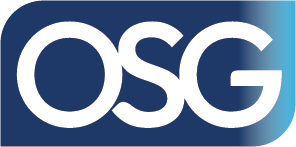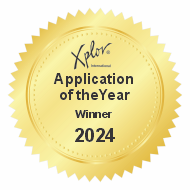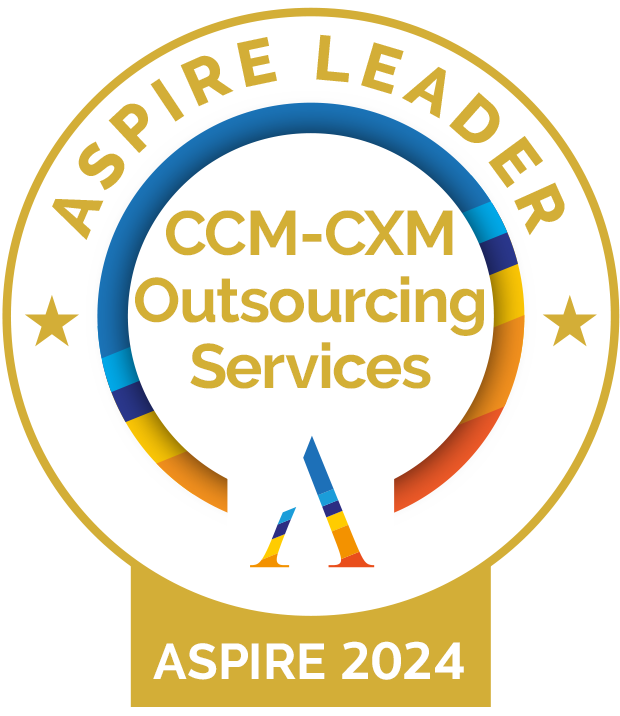Your customers have spoken, and they want multiple bill payment solutions and channels from their utility companies, banks, government services, and property management companies. But not just anything will do. Today’s consumers want their bill payment solutions delivered via a seamless, end-to-end experience with a high level of security. And some want the same print options they’re used to in addition to new digital channels. Let’s take a look at the state of bill payment solutions today and how you can evaluate additional options to appease your customers.
The rise of digital bill payment solutions
The COVID-19 pandemic upended how and when consumers pay bills, ranging from credit cards to home loans.
Many fell behind on their bills for a number of different reasons, such as an inability to work due to contracting the virus or fear of contracting it on the job, not having childcare, job loss or reduced hours, pay cuts, and more. In a December 2020 survey by McKinsey, nearly 40% of US financial decision-makers reported having skipped or only partially paid a bill over the past month. These bills were most likely to be credit cards and auto loans, with rent and mortgage the runners-up.
With Covid restrictions in place, accessing the bank and mailing checks became more difficult, therefore we saw a shift in bill payment methods being used after the start of the pandemic. The biggest increase occurred in online banking, with a 12% net change, and mobile banking, with an 8% net change. It goes without saying that businesses with these flexible bill payment options properly set up and widely available to customers, were more likely to get paid.
While any COVID-related hardship in paying bills is obviously disheartening for both the consumer and the company due payment, this global health crisis did serve to catalyze a large increase in digital payments in the midst of the global expansion of formal financial services, according to the World Bank.
“The digital revolution has catalyzed increases in the access and use of financial services across the world, transforming ways in which people make and receive payments, borrow, and save,” said World Bank Group President David Malpass.
How different bill payment solutions and channels work
Some of the most common bill payment solutions include:
- ACH: The Automated Clearing House Network, or ACH, processes electronic financial transactions such as direct deposit. The ACH Network processed more than 29 billion payments in 2021, including direct payment via ACH for bills such as utilities and mortgages.
- Apple Pay: As of 2020, mobile payments solution Apple Pay was supported by 5,480 banks worldwide. It provides an easy way to make payments in person, in iOS apps, and on the internet.
- Debit card: This is an instantaneous way to pay bills as compared with paper checks and some other forms of digital payment.
- Credit card: This is another quick way to pay, especially compared to cash and check, but processing times can range from one to three business days.
- Check: While consumers must mail or hand-deliver checks to a biller, making it a slower and less convenient option than other bill payment solutions on this list, checks are easily trackable and also usually quite secure.
- LockBox: Businesses that receive frequent payments and documents by mail use lockbox services to help reduce expenses, improve cash flow and update their accounting systems quickly. Under the service, the payments made by customers are directed to a special post office box instead of going to the company directly.
- Cash: Cash works well for some consumers because it’s good for debt management and also avoiding potential fees. But it’s typically not a fast, convenient, or secure bill payment solution.
Consumers not only want multiple bill payment solutions, but also multiple bill payment channels. These include:
- Web: Also known as online bill pay, this channel allows you to pay bills over the web from a bank account. You can schedule one-time, recurring, or future payments.
- Mobile: More than a quarter of adults use their bank’s mobile app to access their accounts, check their balances, or deposit funds. This is where mobile banking differs from online banking—the former is conducted via a smartphone or tablet while online banking can be done with any device connected to the internet.
- Mail: Paying bills through mail usually involves a paper check, though it can also include entering credit or debit card details into a paper form provided by the payee.
- Text: With the majority of Americans now owning a cell phone and the average open rate for text at 98%, it makes sense to offer customers the option of receiving invoices via text. Customers either text back a response or click a link to pay their bills.
- In person: Paying bills in person can involve writing a check or using a credit or debit card in addition to Apple Pay.
- Over the phone: Paying bills over the phone involves using interactive voice response (IVR), which allows customers to engage with a computer-operated phone system by speaking or typing into their keypad, or talking directly with a customer service representative.
Determining the best bill payment solutions for your customers
Not every customer is going to use the same bill payment solutions or channels every time. That’s the beauty of giving them the choice of which method to use. You can get a better understanding of how each solution and channel resonates with individual customers by analyzing the data behind every interaction. Armed with insights that give you deeper knowledge of your customers’ payment habits and preferences, you will not only get paid faster by learning what works best for each customer, but also grow long-term loyalty and value throughout the customer lifecycle with more personalized communications.
Are you interested in incorporating additional bill payment solutions or channels into your business to both improve how fast you get paid and your overall relationship with customers? Get in touch with us today to learn how we can help.




